While Paris, Barcelona, and Rome typically dominate European culinary itineraries, Eastern Europe harbors extraordinary food scenes that remain largely undiscovered by international travelers. These cities combine centuries-old cooking traditions with post-Soviet culinary renaissance, creating distinctive food identities that deserve worldwide recognition.
Here is a list of 20 remarkable food destinations across Eastern Europe where unexpected culinary excellence awaits, from vibrant market culture to innovative restaurants reimagining traditional recipes.
Tbilisi, Georgia
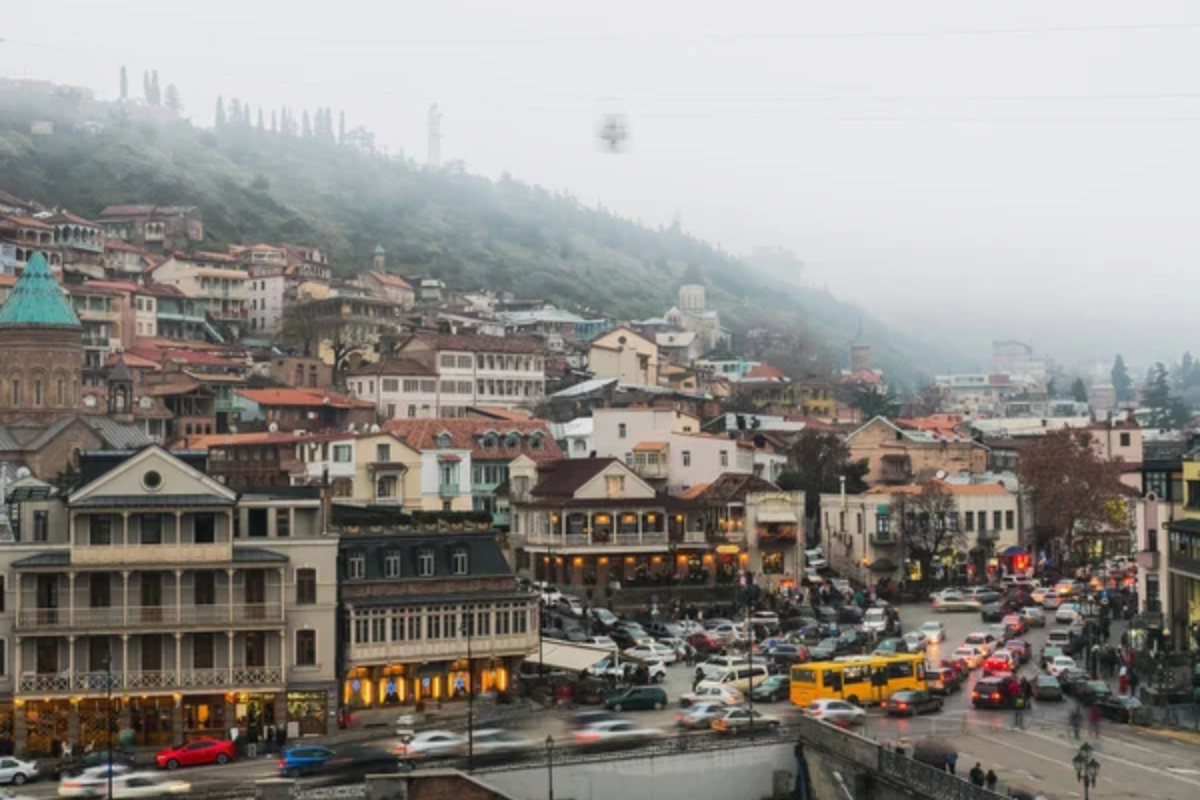
Georgia’s capital stands at the crossroads of Europe and Asia, creating a culinary tradition unlike anything else on the continent. The city’s signature khachapuri—a boat-shaped bread filled with melted cheese, butter, and egg yolk—represents merely the entry point to a sophisticated cuisine characterized by distinctive herbs, walnuts, and complex flavors.
Tbilisi’s wine culture predates French viticulture by millennia, with traditional kvevri wines fermented in clay vessels using methods dating back 8,000 years.
Cluj-Napoca, Romania
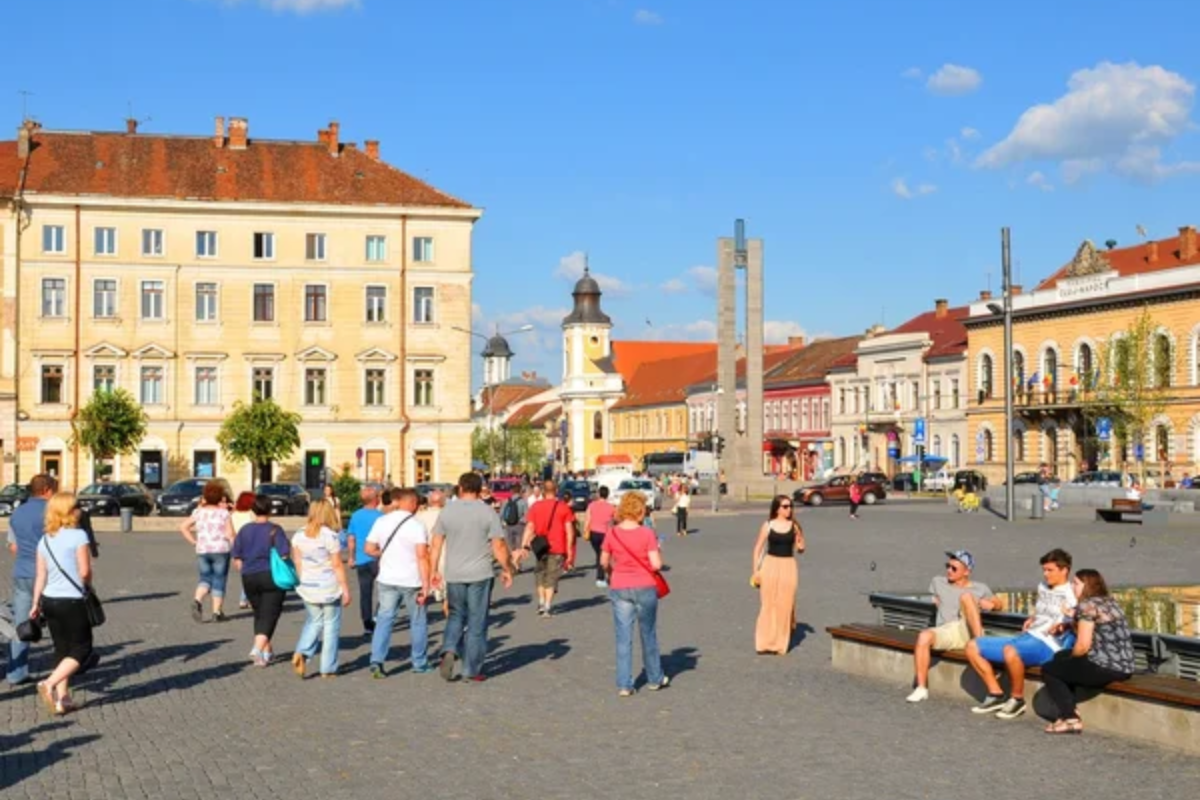
This Transylvanian university town has quietly developed one of Eastern Europe’s most exciting food scenes, combining Romanian tradition with progressive culinary philosophies. Cluj’s thriving farmers’ market culture connects urban chefs directly with rural producers, supporting traditional agriculture while providing restaurants with exceptional ingredients.
Progressive restaurants like Baracca have pioneered Romanian fine dining focused on reinterpreting traditional recipes through contemporary technique.
Like Travel Pug’s content? Follow us on MSN.
Plovdiv, Bulgaria
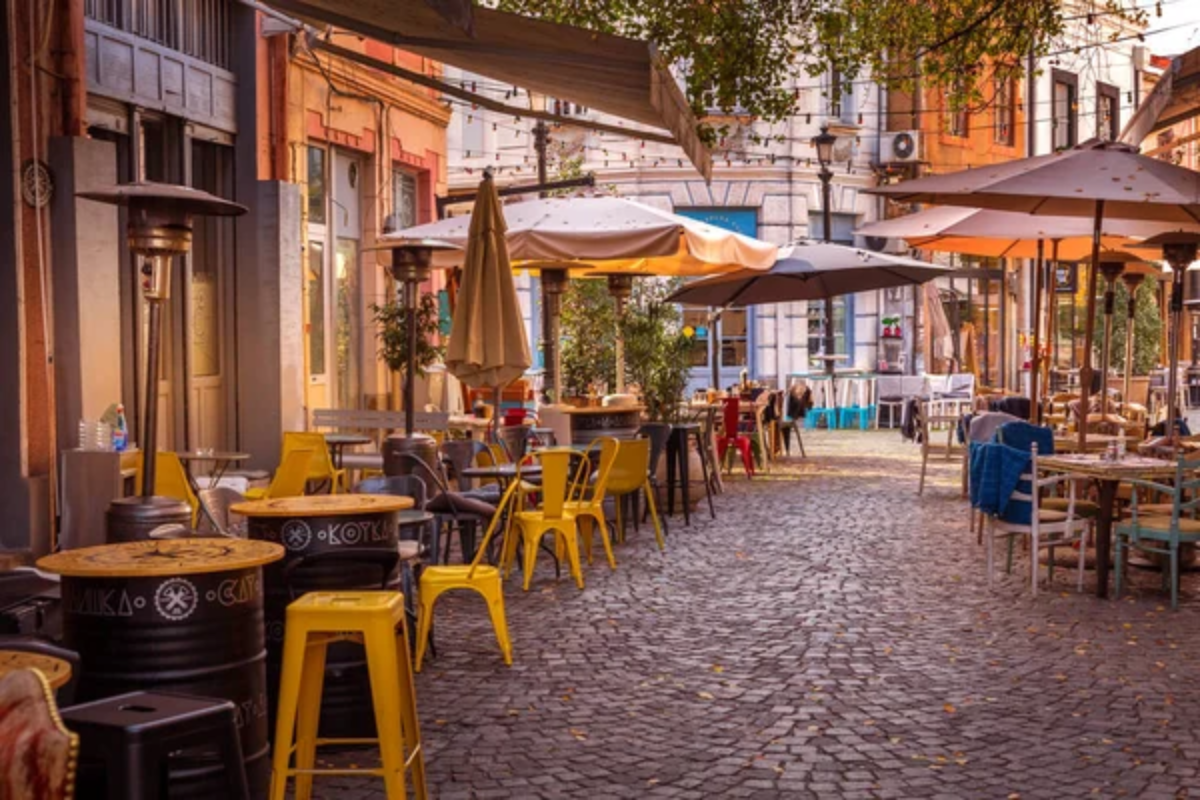
Bulgaria’s ancient city might be Europe’s oldest continuously inhabited settlement, but its dynamic food scene feels thoroughly contemporary. The Kapana district (‘the Trap’) has evolved from a neglected neighborhood to a creative quarter where food entrepreneurs experiment with Bulgarian street food concepts, craft beer, and wine bars showcasing indigenous grape varieties.
Culinary festivals throughout the year celebrate seasonal specialties like spring herbs or autumn mushrooms, creating edible cultural experiences that connect food traditions to Bulgaria’s agricultural calendar.
Krakow, Poland

While Warsaw receives more international attention, Krakow’s food scene offers a deeper connection to Polish culinary traditions while embracing contemporary interpretations. Krakow’s centuries-old market hall, Stary Kleparz, connects urban dwellers with regional producers selling everything from mountain cheeses to forest mushrooms.
The Kazimierz district’s evolution from a neglected Jewish quarter to a creative hub has fueled culinary entrepreneurship, with chef-driven restaurants serving modern interpretations of Central European classics.
Novi Sad, Serbia
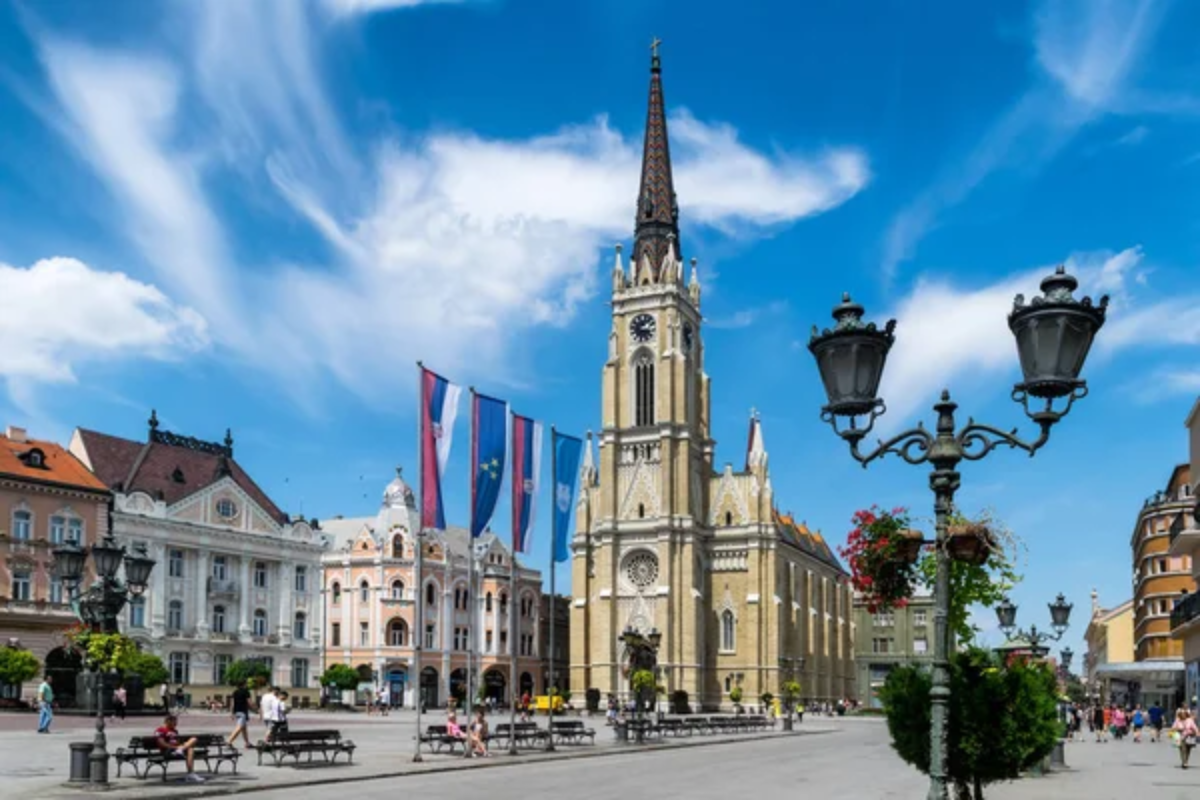
Serbia’s second city offers a distinctive food culture where Balkan traditions meet Central European influences. Novi Sad’s position along the Danube creates a distinctive terroir for the vineyards of nearby Fruška Gora mountain, where monasteries have produced wine since the 12th century.
The Vojvodina region surrounding the city contributes Hungarian, Croatian, and Slovak culinary influences that are absent in Belgrade’s more Balkan-oriented food scene.
Like Travel Pug’s content? Follow us on MSN.
Vilnius, Lithuania
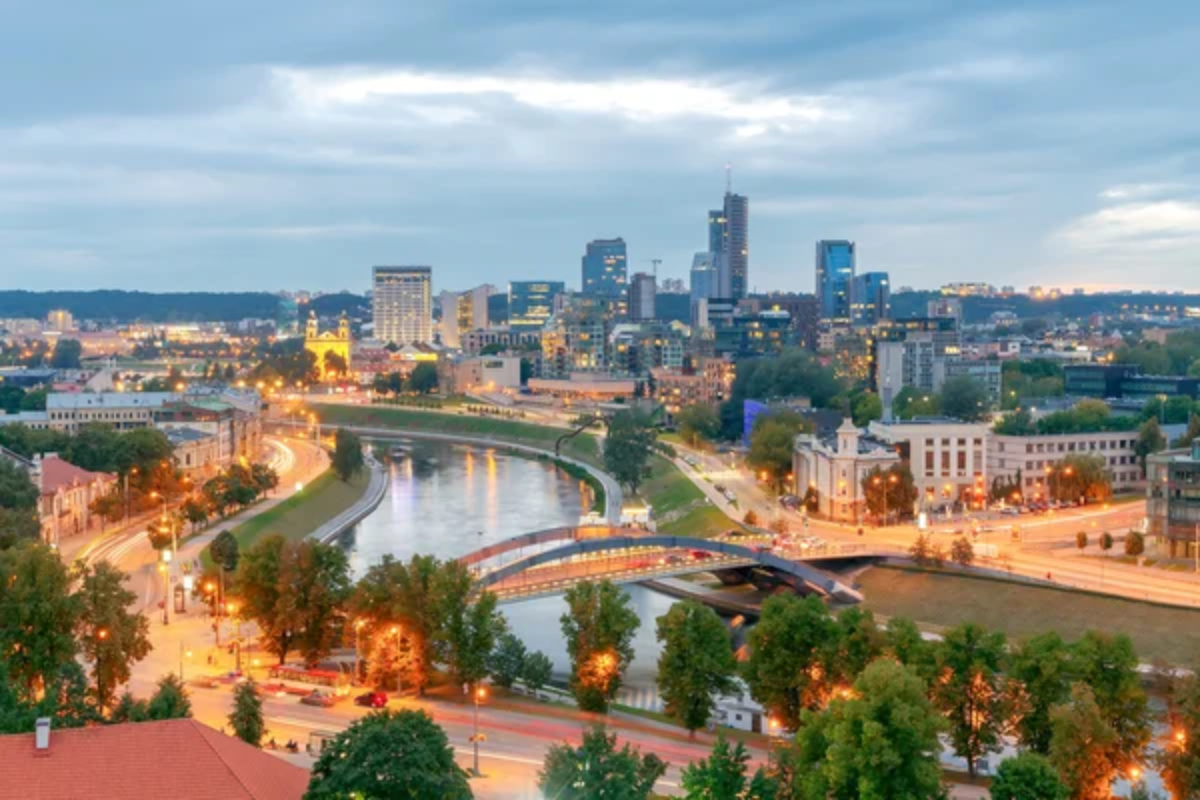
Lithuania’s capital has transformed from Soviet obscurity to Baltic culinary destination where traditional recipes meet Nordic-influenced modern technique. Vilnius Old Town contains atmospheric cellar restaurants built into medieval foundations, where candlelit dining rooms serve contemporary interpretations of Lithuanian cuisine.
The city’s vibrant market culture at Halės Market connects urban dwellers with rural traditions, offering foraged mushrooms, preserved fruits, and smoked meats produced using traditional methods.
Timișoara, Romania
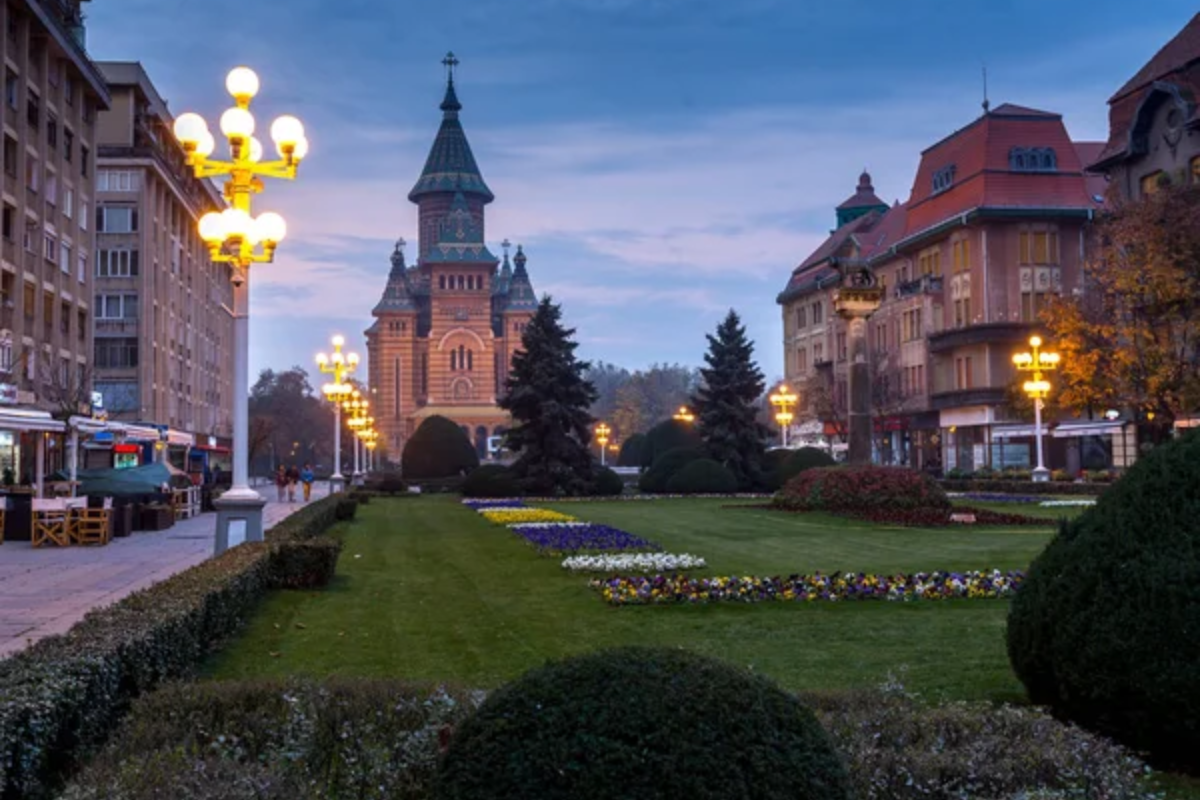
This multicultural city near Romania’s western border reflects culinary influences from Habsburg, Ottoman, and Balkan traditions. Timișoara’s pedestrianized Victory Square has developed into a restaurant district where ambitious chefs like those at Merlot Restaurant reinterpret Banat regional cuisine.
The Banat region’s agricultural abundance provides exceptional ingredients to restaurants embracing the kilometer-zero philosophy, with menus highlighting local products, including wines from nearby Recaș vineyards.
Maribor, Slovenia
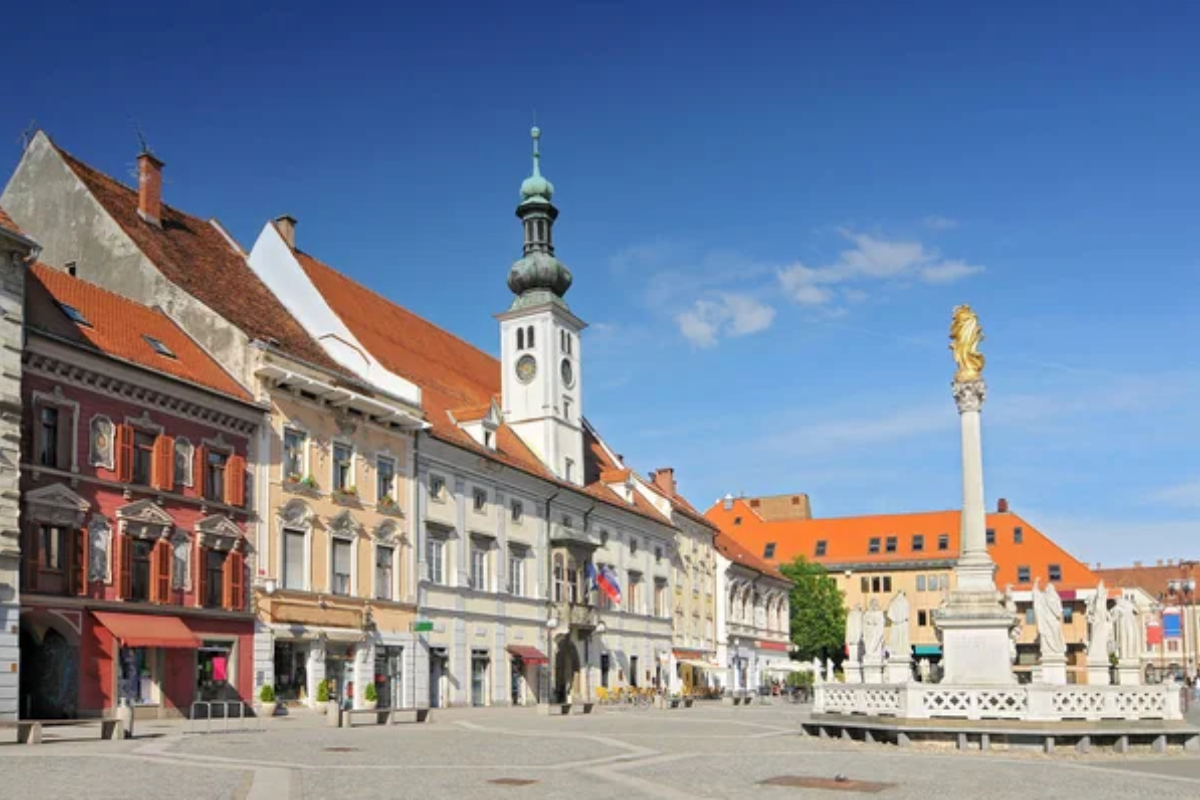
Slovenia’s second-largest city harbors an exceptional food scene in the shadow of the world’s oldest producing grape vine. Maribor’s location in northeastern Slovenia provides access to extraordinary ingredients from surrounding microregions, including pumpkin seed oil from Prekmurje and mountain cheeses from Pohorje highlands.
The annual Festival Stare trte (Old Vine Festival) transforms the city into Slovenia’s gastronomic capital each autumn, celebrating harvest traditions, local producers, and the extraordinary wines that define Štajerska regional identity.
Like Travel Pug’s content? Follow us on MSN.
Debrecen, Hungary
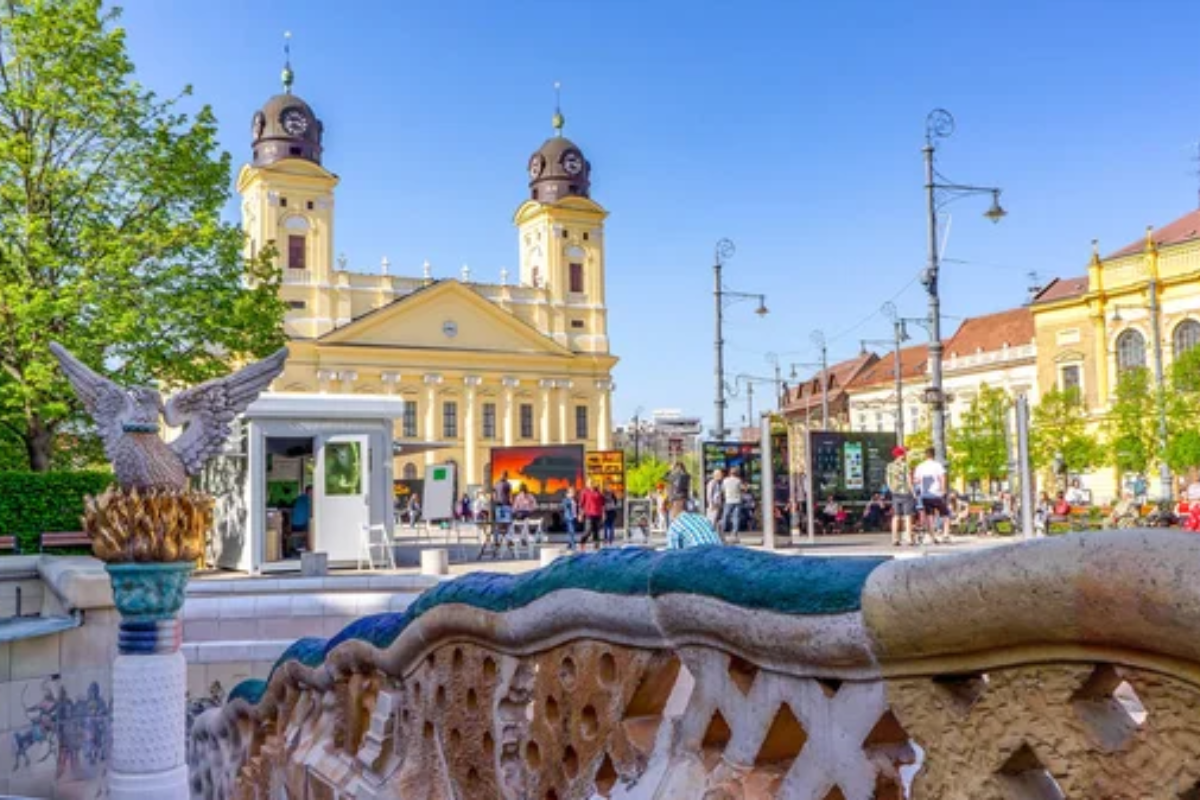
While Budapest dominates Hungary’s culinary conversation internationally, this eastern Hungarian city offers a profound connection to Magyar food traditions. Debrecen’s Great Forest provides the setting for csárda restaurants serving traditional Hungarian cuisine in atmospheric settings, where folk music accompanies generous portions of gulyás and fisherman’s soup.
The surrounding Hajdúság region provides exceptional agricultural products to the city’s restaurants and vibrant market hall, including acacia honey and mangalica pork.
Gdańsk, Poland
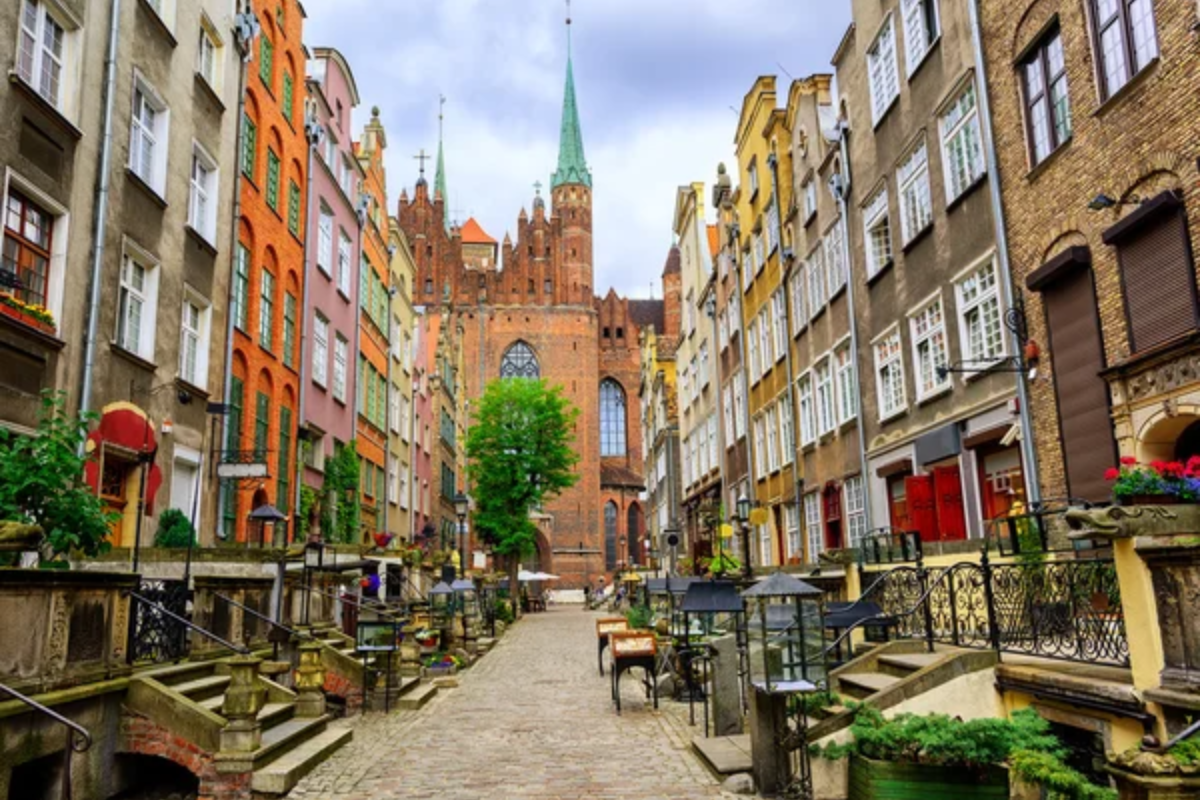
This historic Baltic port city offers one of Poland’s most distinctive regional cuisines, combining maritime traditions with Kashubian cultural influences. The atmospheric restaurants along Ulica Piwna and the Motława River showcase Pomeranian regional specialties, including smoked fish, wild game, and dishes featuring amber-hued Kashubian honey.
The annual St. Dominic’s Fair transforms the city into Poland’s largest culinary festival, with hundreds of food vendors representing regional specialties from throughout Poland and neighboring Baltic countries.
Banja Luka, Bosnia and Herzegovina
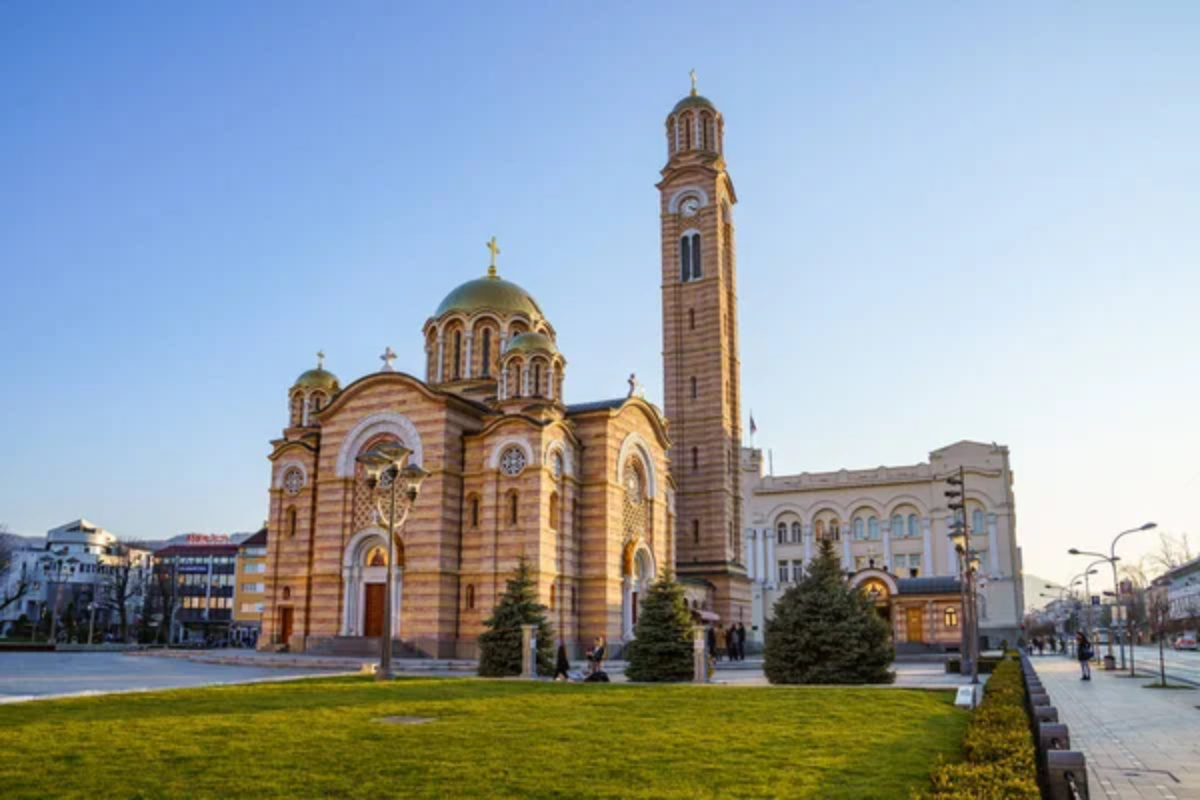
Bosnia’s second-largest city harbors extraordinary food traditions where Ottoman heritage meets Austro-Hungarian influences. Banja Luka’s kastel fortress hosts atmospheric restaurants serving contemporary interpretations of traditional cuisine.
The surrounding rivers provide exceptional freshwater fish, including trout and grayling, prepared according to centuries-old recipes at iconic restaurants like Vrbas-Restoran.
Like Travel Pug’s content? Follow us on MSN.
Brno, Czech Republic

The Czech Republic’s second city has emerged from Prague’s shadow with a progressive food scene combining Moravian traditions with contemporary culinary movements. Brno’s vibrant café culture occupies atmospheric spaces from functionalist buildings to converted industrial sites, where specialty coffee accompanies modern interpretations of Czech pastries.
The surrounding South Moravian wine region produces exceptional wines from varieties like Pálava and Moravian Muscat, which are showcased at wine bars throughout the city.
Chișinău, Moldova
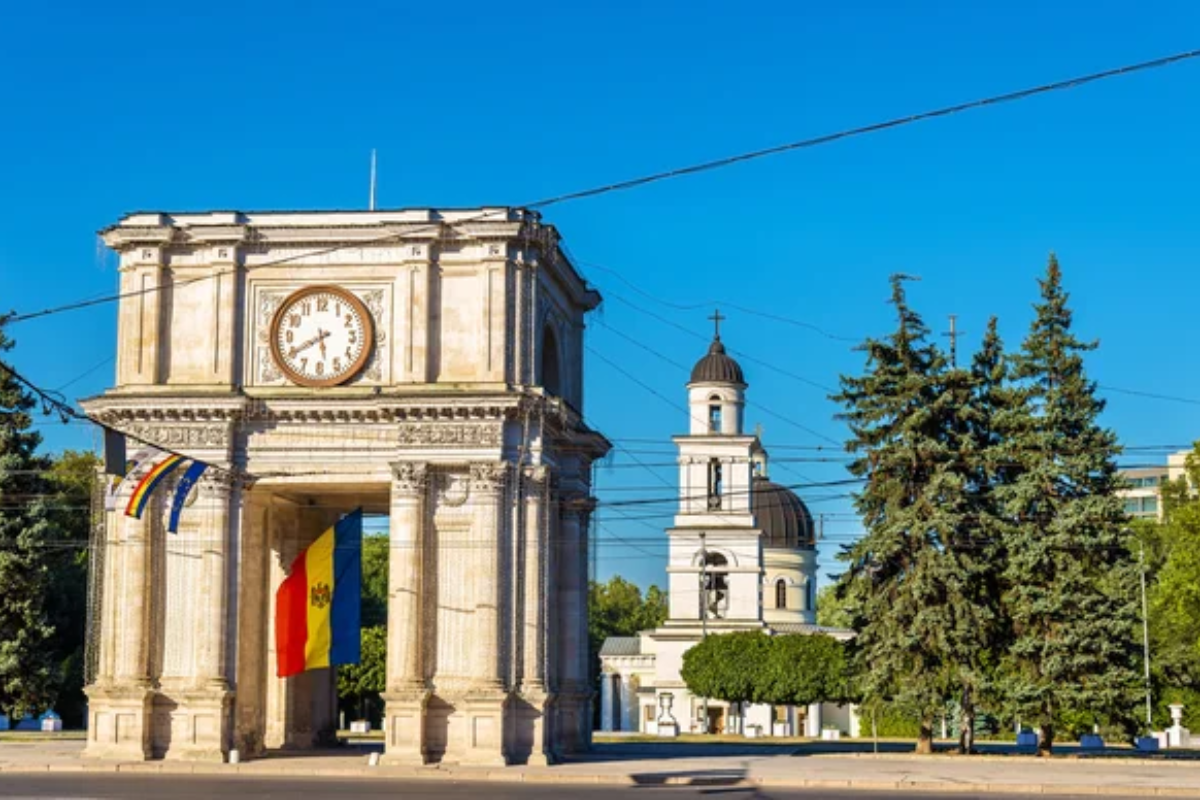
Moldova’s capital offers an extraordinary wine culture and distinctive cuisine that blends Romanian, Russian, and Ukrainian influences. Chișinău’s location amid renowned vineyard regions creates unparalleled wine experiences at prices unimaginable in Western Europe, with restaurants like Carpe Diem showcasing indigenous grape varieties.
Mileștii Mici winery, just outside the city, holds the Guinness World Record for the largest wine collection, with over 2 million bottles stored in 124 miles of underground limestone tunnels.
Lviv, Ukraine
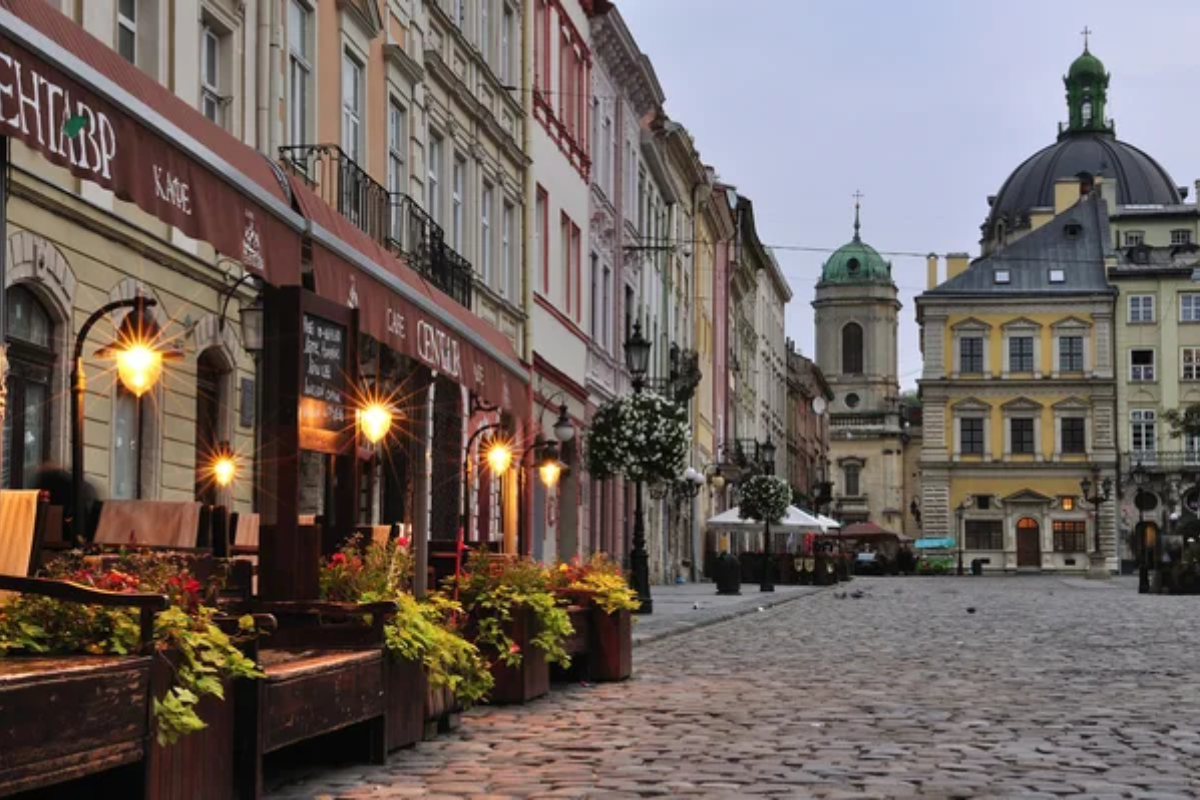
Ukraine’s cultural capital harbors extraordinary food traditions where Central European influences meet Eastern Slavic cooking techniques. Lviv’s atmospheric restaurants occupy architectural treasures from Habsburg-era buildings to medieval cellars, where theatrical dining experiences at establishments like Kryivka combine food with cultural storytelling.
The city’s iconic chocolate culture centers around the Lviv Handmade Chocolate Factory, where confectioners create artistic pralines combining Ukrainian ingredients with Belgian technique.
Like Travel Pug’s content? Follow us on MSN.
Eger, Hungary

This baroque jewel in northern Hungary offers a profound connection to Magyar culinary traditions alongside one of Europe’s most distinctive wine cultures. Eger’s atmospheric cellars in the Valley of the Beautiful Women district offer unparalleled wine-tasting experiences where family producers pour distinctive vintages directly from barrels.
The surrounding mountains provide exceptional foraged ingredients, including mushrooms, berries, and herbs that appear on seasonal menus.
Ohrid, North Macedonia
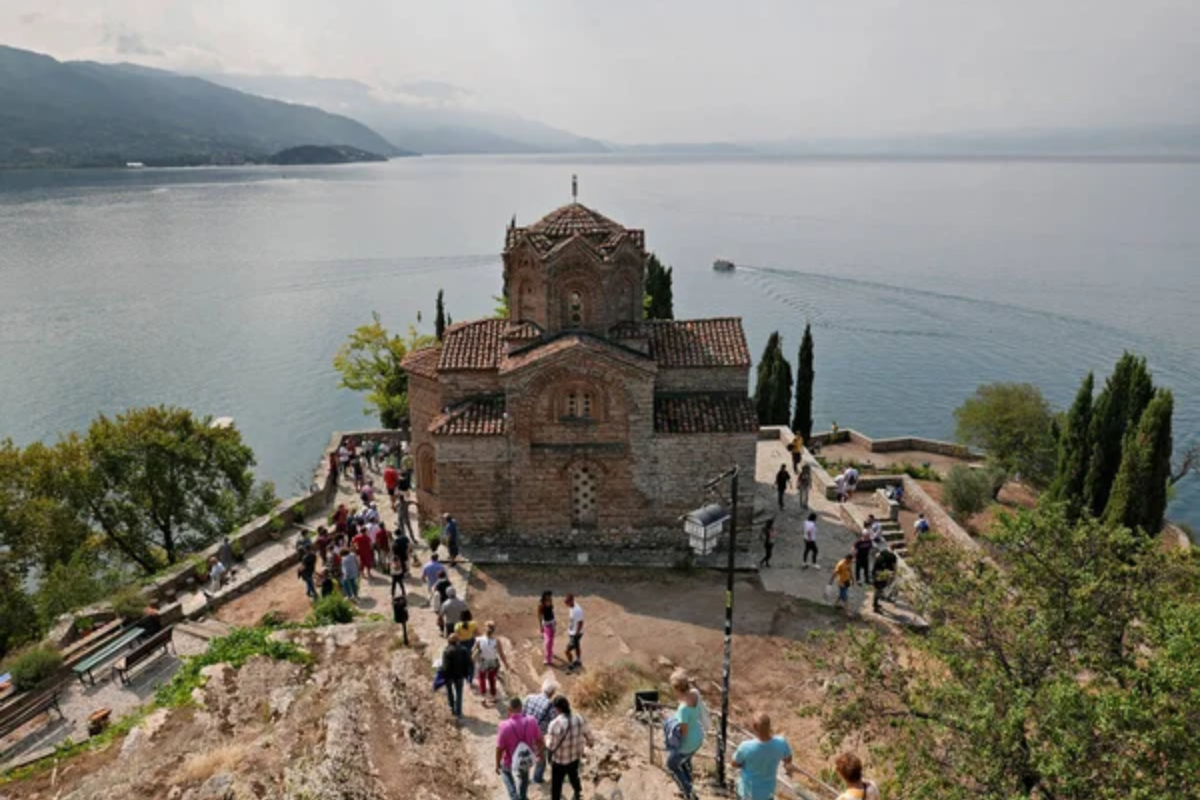
This UNESCO-protected city combines Balkan culinary traditions with unique ingredients endemic to ancient Lake Ohrid. The atmospheric restaurants along Lake Ohrid’s shore specialize in distinctive preparations of fish and eel unique to these waters, served alongside regional specialties including tavče gravče and pindjur.
The annual Ohrid Gastronomy Festival showcases North Macedonian culinary heritage through competitions and demonstrations where traditional recipes receive contemporary interpretations.
Tartu, Estonia
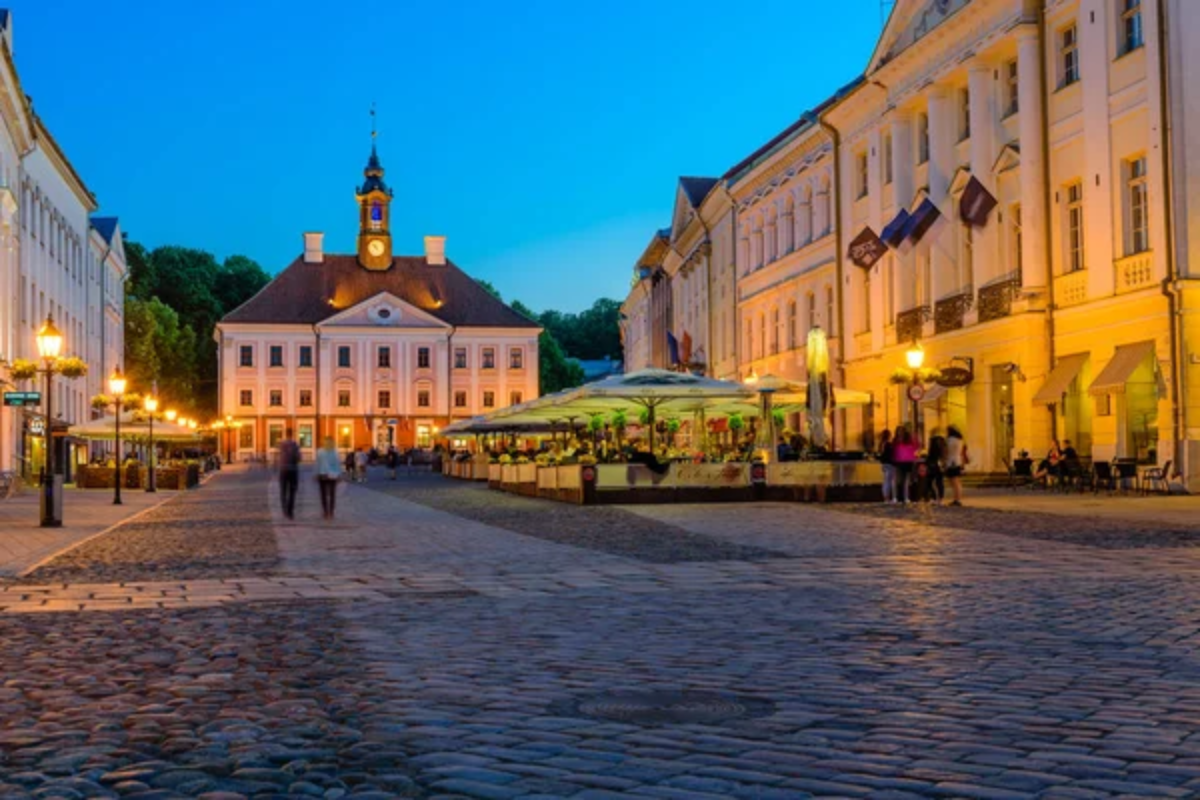
Estonia’s university city has developed a progressive food scene where Baltic traditions meet Nordic innovation. Tartu’s position amid southern Estonia’s agricultural heartland provides exceptional ingredients to restaurants like Hõlm, where New Estonian Cuisine pioneers modern interpretations of traditional recipes.
The surrounding forests provide extraordinary seasonal ingredients, including berries, mushrooms, and birch sap, which appear on menus throughout the city.
Like Travel Pug’s content? Follow us on MSN.
Osijek, Croatia
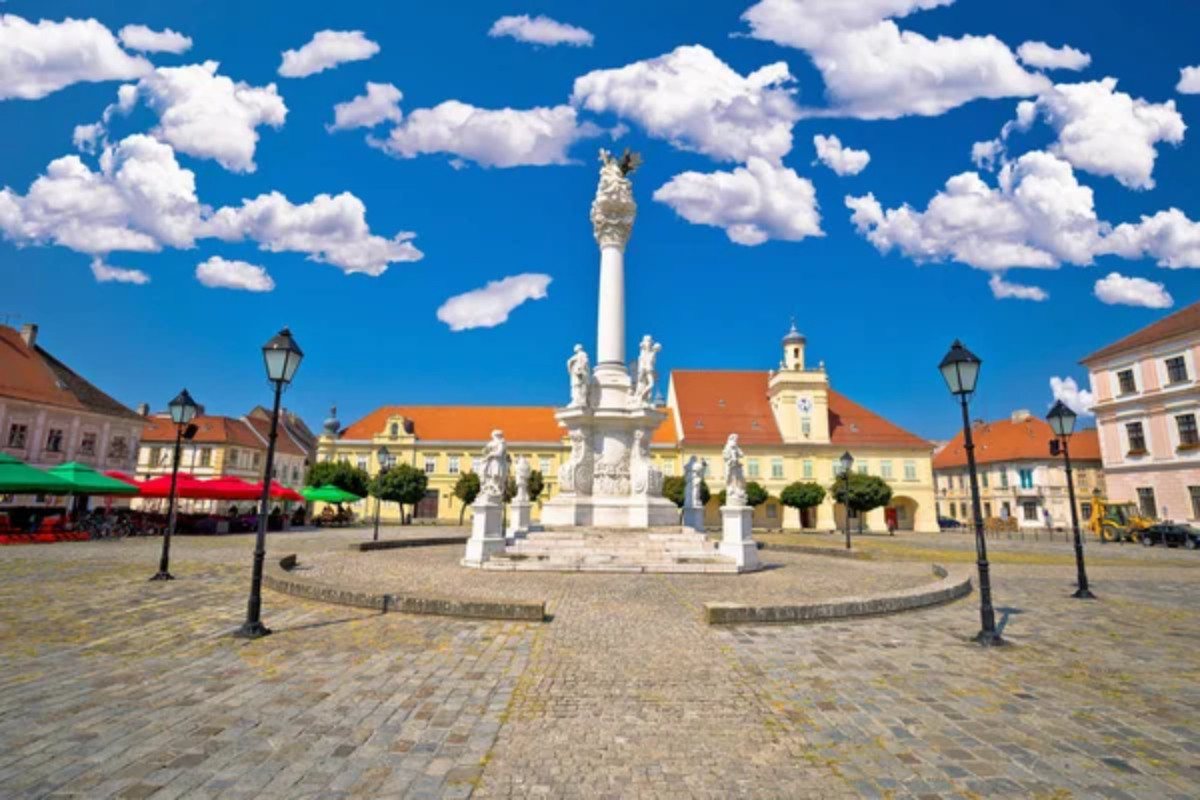
This Slavonian city along the Drava River offers Croatia’s most distinctive regional cuisine, combining Central European techniques with Balkan flavors. Osijek’s atmospheric fortress district, Tvrđa, houses traditional restaurants serving Slavonian specialties, including čobanac, kulen sausage, and distinctive pastries.
The annual Fishing Days festival transforms the city into Croatia’s outdoor cooking capital, with dozens of teams competing to prepare the perfect fiš paprikaš.
Sibiu, Romania
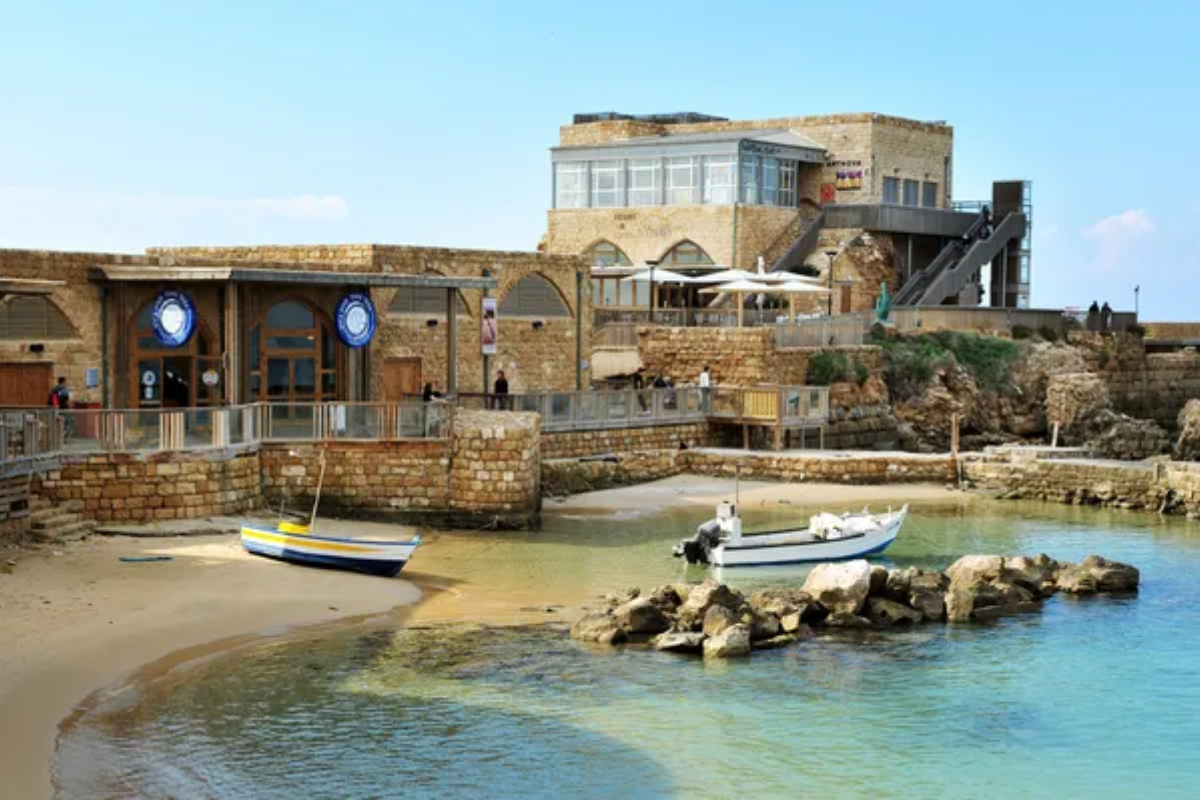
This Transylvanian cultural capital combines Romanian, Hungarian, and Saxon influences in a distinctive regional cuisine that earned the city European Region of Gastronomy honors. Sibiu’s atmospheric restaurants in the medieval lower town occupy 500-year-old buildings with barrel-vaulted cellars, where contemporary chefs reinterpret Transylvanian classics at establishments like Konrad.
The surrounding Mărginimea Sibiului region maintains extraordinary sheep-raising traditions that produce distinctive brânză de burduf cheese aged in pine bark.
Bitola, North Macedonia
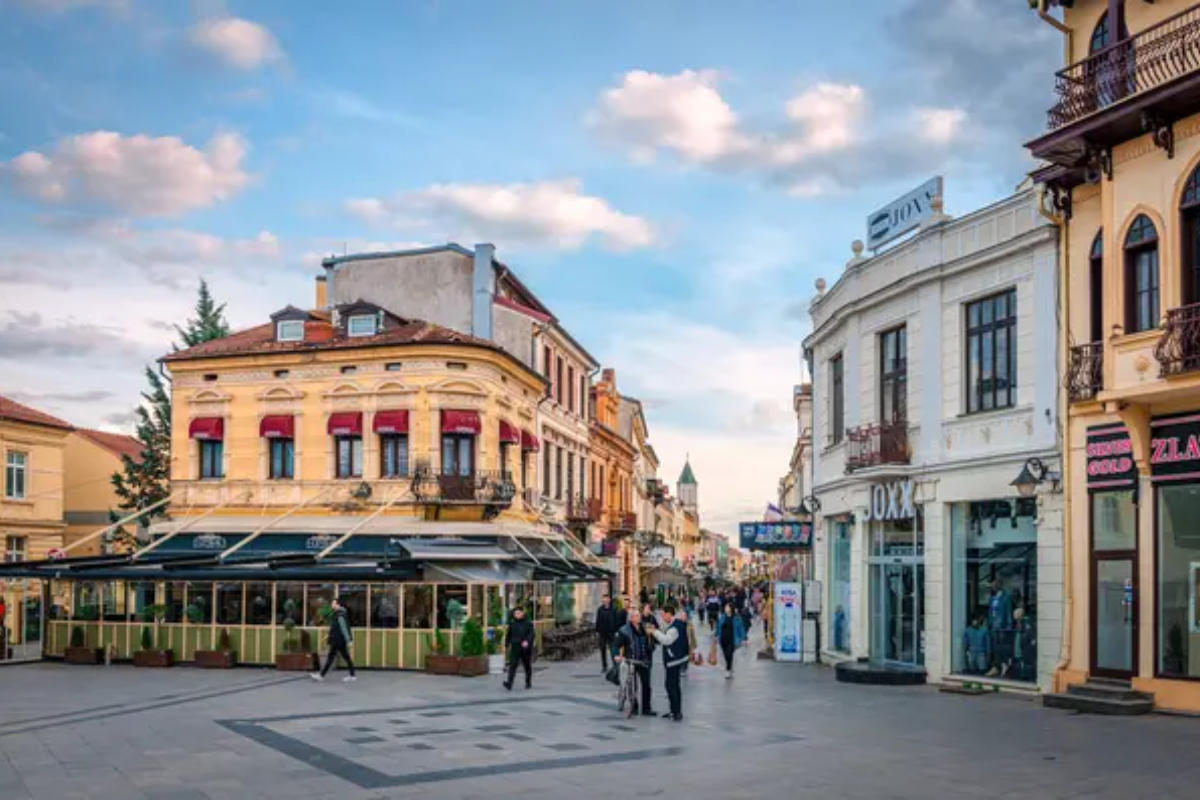
North Macedonia’s cultural capital harbors extraordinary food traditions where Ottoman heritage meets Balkan home cooking. Bitola’s atmospheric Stara Čaršija (Old Bazaar) district houses traditional restaurants serving regional specialties, including tavče gravče, turli tava, and exceptional grilled meats.
Progressive restaurants like Antiko combine traditional Macedonian recipes with contemporary techniques and presentation, creating elegant interpretations of grandmother’s cooking that honor culinary heritage while embracing innovation.
Like Travel Pug’s content? Follow us on MSN.
The New European Food Map
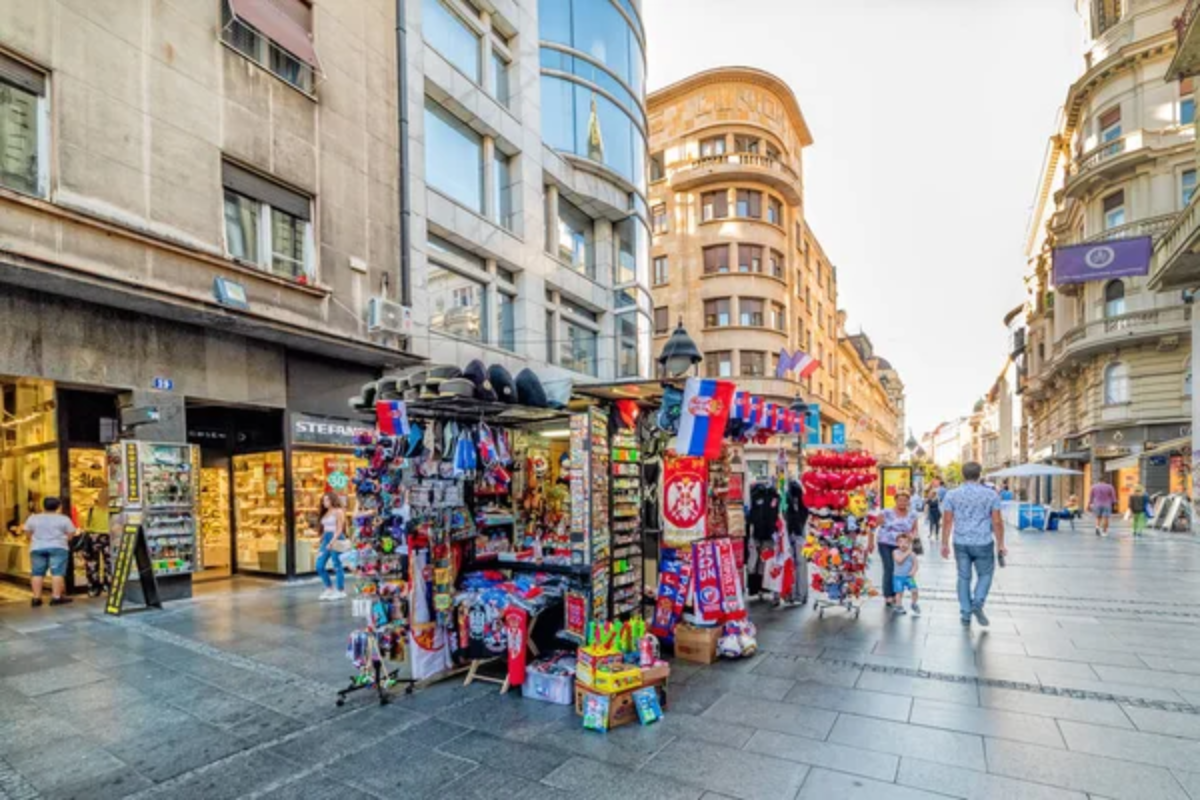
These 20 extraordinary cities reveal Eastern Europe as the continent’s most exciting culinary frontier—places where distinctive regional cuisines evolved through centuries of cross-cultural influence and isolation.
What distinguishes these destinations is their remarkable quality-to-price ratio, with exceptional meals often costing half what equivalent dining experiences command in Western Europe. For travelers seeking genuine food adventures, Eastern Europe offers delicious rewards through cities where exceptional cuisine awaits discovery beyond conventional European itineraries.
More from Travel Pug

- 20 Mind-Blowing Things You Probably Didn’t Know You Could Do in the U.S.
- The Best Cruise Ship Experiences for U.S. Citizens
- The Best U.S Travel Destinations for Golf Lovers
- The 25 Most Dangerous Cities in the World (Exercise Caution if Travelling There)
- The Best Fall Foliage Spots in New England (Must-See Places)
Like Travel Pug’s content? Follow us on MSN.
